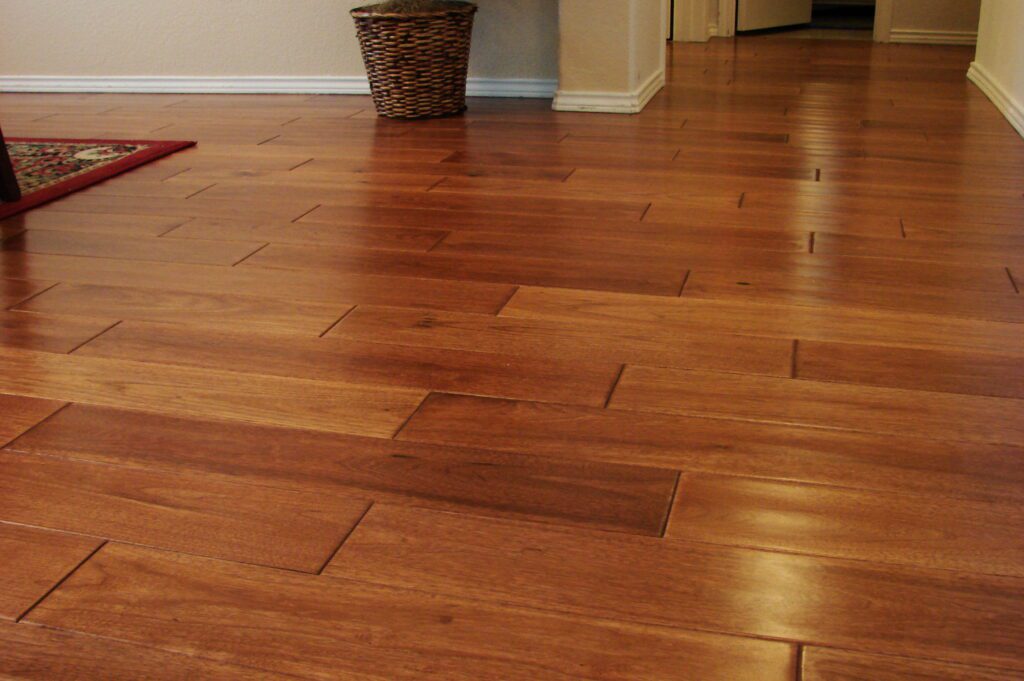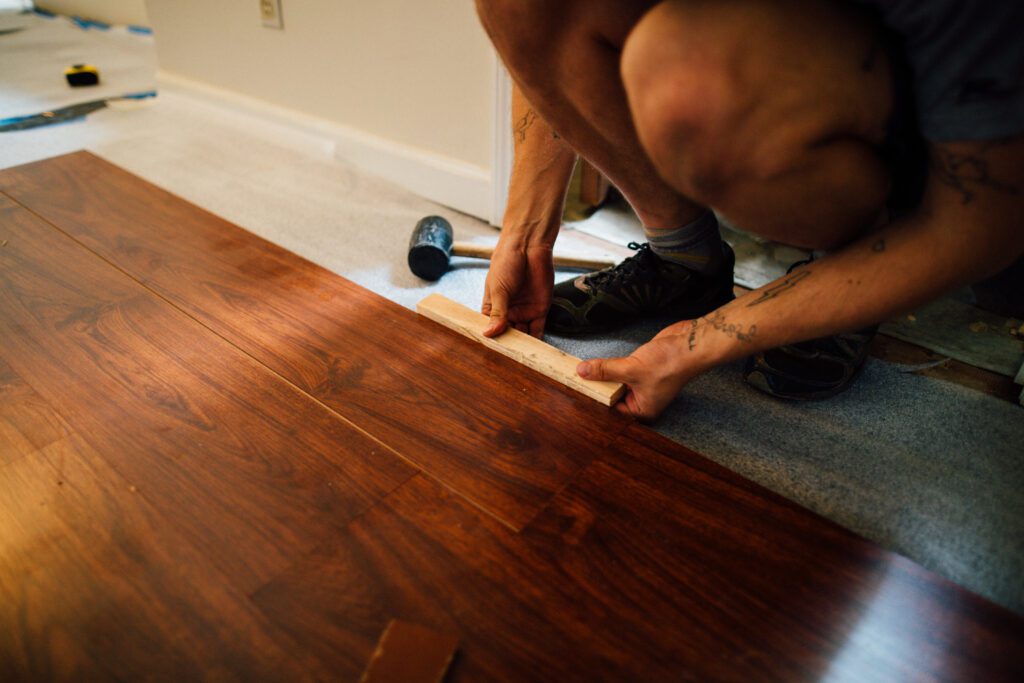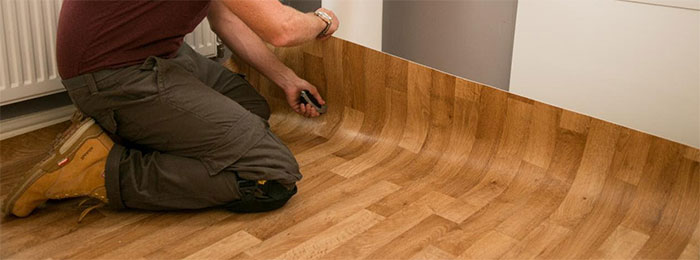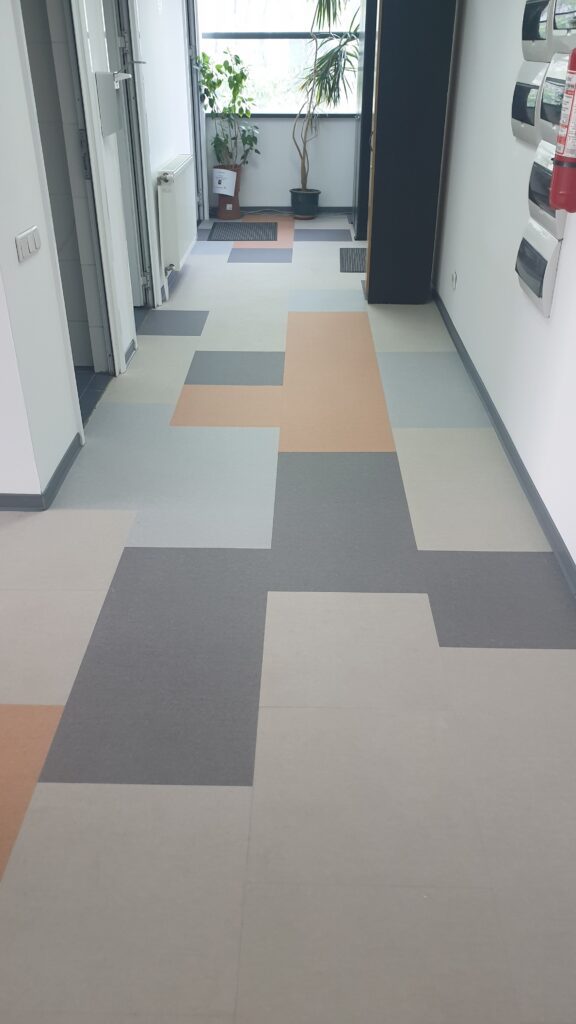When it comes to interior design, few elements have as significant an impact as how to design flooring. Whether you’re renovating your home or starting from scratch, flooring plays a key role in the overall beauty and function of a space. From classic hardwood to contemporary tile designs, flooring choices can make a big difference. In this guide, we’ll walk you through the process of designing a floor that not only complements your interior, but also stands the test of time.https://thefloorclubjax.com/cheapest-flooring-install/
Table of Contents
Introduction
When it comes to interior design, few elements have as significant an impact as how to design flooring. Designing your flooring is akin to crafting a masterpiece; it sets the tone for your entire space. When embarking on this journey, remember that aesthetics and functionality should be in harmony. Let’s delve into the intricacies of creating a flooring design that seamlessly amalgamates style and practicality.
Considering Your Lifestyle and Space for How to Design Flooring:
Before diving into the world of flooring options, it’s essential to assess your needs. Consider the room’s purpose, foot traffic, and any specific requirements, such as water resistance or durability. Diving into flooring options, consider your lifestyle and the specific requirements of each room. High-traffic areas call for solid floors, while cozy spaces can use softer textures. Consider the balance between comfort and durability for your lifestyle.
Exploring Different Flooring Materials in How to Design Flooring:
There is a wide array of flooring materials available, each with its unique characteristics and aesthetic appeal. Some popular options include hardwood, laminate, vinyl, tile, carpet, and natural stone. Flooring materials range from classic wood and versatile laminates to elegant marble and stylish vinyl. Each material gives your space a unique charm. Research their features, advantages and disadvantages to make an informed choice. Some pictures are below and they are like hardwood, vinyl , smooth lamination etc.




Choosing the Right Colors and Patterns with How to Design Flooring:
Flooring plays a pivotal role in establishing the overall aesthetic of a room. For a rustic ambiance, consider hardwood floors with natural finishes. Colors and patterns can change the mood of a room. Neutral tones create a timeless backdrop, while bold colors create accents. Consider the existing color palette of furniture and walls to ensure a harmonious blend.
Creating a Harmonious Flow
Maintaining a sense of unity in open-concept areas requires continuous flooring. By choosing complementary flooring materials and styles, it should be easy to move from one area to another.
Incorporating Practicality and Maintenance
Flooring has to be both aesthetically pleasing and useful. Easy maintenance is crucial, especially in locations with a lot of traffic. When choosing your flooring material, take into account the time and work you’re willing to put into maintenance.
Accentuating with Area Rugs
Your flooring benefits from the warmth, texture, and design element provided by area rugs. They can provide a sense of luxury and help designate zones within a space. Select carpets that go well with your flooring and furniture to improve the room’s look.
Flooring Installation Techniques
The method of installation differs according on the kind of flooring. While some materials can be installed by a professional, others can be done at home. Before making a choice, think about your time availability and skill level.
Mixing and Matching Flooring Types in How to Design Flooring:
Innovative floor plans frequently mix different flooring choices. Combining materials like tile and wood can separate various regions of a room and add aesthetic appeal. To ensure unity this strategy needs careful preparation.
Designing Flooring for Particular Rooms
When it comes to flooring, different rooms have different requirements. Kitchens need materials that are water-resistant and simple to maintain, whereas bedrooms can benefit from comfortable soft carpeting. Make sure to choose flooring that complements the purpose of each space
Playing with Pattern
Patterns can add depth and personality to your flooring design. Consider herringbone or chevron patterns for a touch of elegance, or opt for intricate mosaic tiles for a unique and artistic look. Just ensure that the chosen pattern aligns with the room’s dimensions and overall theme.
Adding Inlays and Borders to Elevate
Your flooring design gains some beauty from inlays and borders. These ornamental elements can define pathways or provide focus spots, boosting the room’s overall appearance.
Utilizing Flooring to Increase Natural Light
Flooring can help you make the most of natural light. Lighter flooring colors can reflect light and give rooms the impression of being larger. Think about this, especially if your space doesn’t have many windows.
Financial Planning and Cost Factors
Price tags for flooring selections vary. Establish a spending limit for your flooring project and look at products that fit inside it. Do not forget to account for installation charges.
DIY installation vs. expert installation
Depending on your degree of expertise, the available time, and the intricacy of the chosen flooring material, you should choose either DIY installation or professional installation. DIY projects can be cost-effective, but sophisticated installations should be left to the pros.
Conclusion
Designing flooring involves a balance of aesthetics, functionality, and personal preference. By carefully considering your needs, exploring material options, and keeping trends in mind, you can create captivating floor designs that enhance the beauty and value of your space. Designing your flooring is a wonderful chance to incorporate your individual flair into your living area. You may design a space that complements your personality by fusing aesthetics, usefulness, and your particular tastes. As you set out on this creative adventure, keep in mind that the flooring you choose should not only suit your aesthetic preferences but also improve your quality of life.https://www.diverseflooring.ca/blog/articles/6-flooring-design-tips-to-keep-in-mind
FAQs
- Is hardwood flooring a good choice for high-traffic areas? Hardwood flooring can be suitable for high-traffic areas, but choosing a harder wood species and using rugs or runners can help prolong its lifespan.
- Can I mix different types of flooring in an open-concept space? Yes, mixing flooring types can create visual interest, but it requires careful planning to ensure a cohesive transition between the materials.
- What’s the best flooring option for a bathroom? Water-resistant materials like porcelain tile or vinyl are popular choices for bathrooms due to their durability and ease of maintenance.
- Are area rugs necessary on hardwood floors? Area rugs are not necessary but can add warmth, texture, and design elements to hardwood floors.
- How do I maintain and clean my flooring properly? Maintenance depends on the type of flooring. Regular sweeping, mopping, and using appropriate cleaning products can help prolong the life and beauty of your flooring.
Thanks for sharing. I read many of your blog posts, cool, your blog is very good.